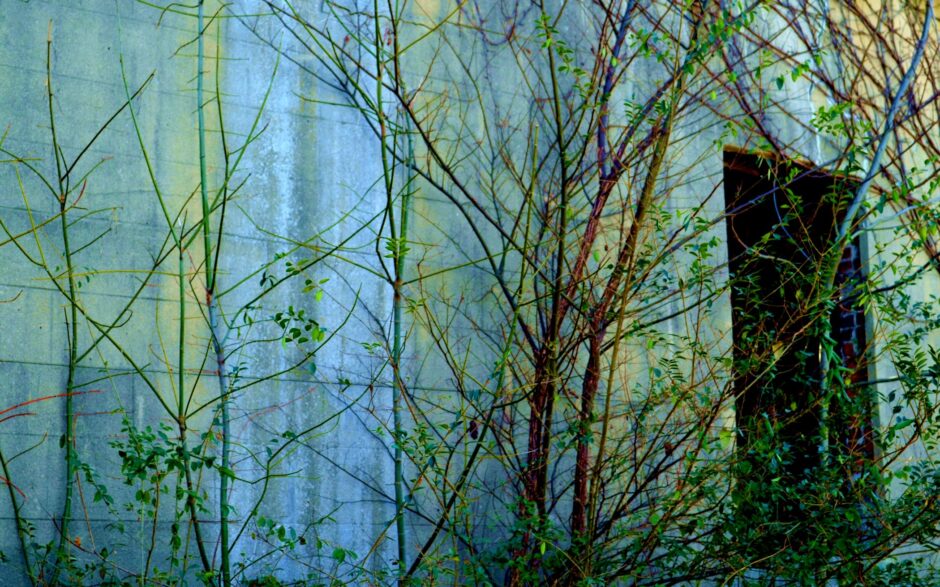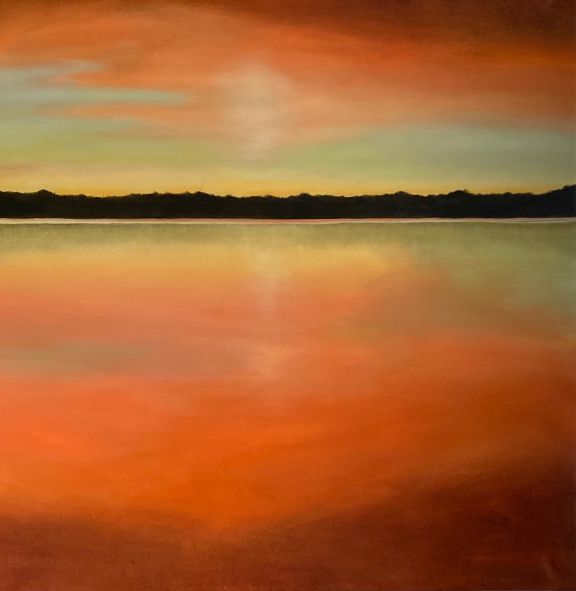Ode to Billie Jean
by Gary Wright
“There is nothing in the world like the devotion of a married woman.
It’s a thing no married man knows anything about.”
—Oscar Wilde
American Country music has no counterpart anywhere in the world. Its father was folk music and its mother was the blues, with just a little bit of sassy hillbilly and bluegrass music thrown in. It initially attracted working class Americans, with lyrics about hard times, drinking, partying, loving, not going to church, going to church, and losing a loved one. By the 1950s it had become America’s favorite type of music. Country music gave rise to many early super stars, as it took to the road and played in honky-tonks, county fairs, and radio stations.

Hank Williams
Many instances of apparitions of departed country singers have been recorded, including Patsy Cline, Jim Reeves, Johnny Cash, and Buddy Holley. Due to performances at the Ryman Auditorium in Nashville, Hank Williams, Sr. — in his afterlife — has been dubbed “the Phantom of the Opry.” Loretta Lynn owns the tiny town of Hurricane Mills, Tennessee, which has been the site of many apparitions and other supernatural occurrences. Elvis is frequently seen at roadside cafes and in supermarkets.
Especially intriguing, are the stories about those stars who died under tragic, even mysterious circumstances. There are many of those, for country singers seem to be given to living and dying under dark stars. As the words of Faron Young’s song imply, “I’m gonna live fast, love hard, and die young.”

Faron Young
Coupled with the intertwining of his life and death with that of Hank Williams, there are few circumstances that can match the foreboding and eerie dreams that Johnny Horton had of his own death. John LeGale Horton, the country super star, was born in 1925 and died tragically in 1960. With such songs as “The Battle of New Orleans,” “Springtime in Alaska,” and “Sink the Bismarck,” Horton enjoyed tremendous success. But, he lived his entire adult life fully believing that he would die young and violently because of the actions of a drunk man. Throughout Johnny Horton’s short life, he harbored an intense enthrallment with spiritualism and the supernatural, sharing his belief in the great unknown with his close fishing buddy, Johnny Cash. There are even stories of the two hypnotizing each other or trying to reach Hank Williams’ spirit at séances. Horton eventually became so convinced that a drunk person would kill him violently, that he even practiced driving in a ditch as an evasive maneuver to avoid a drunk driver. Horton’s manager, Merle Kilgore, often told the story that occurred about six months before Horton’s death. Horton gave him his guitar and said, “I’ve got the feelin’ Ol’ John’s not gonna be around much longer, and I want you to have this.”
On November 5th, 1960, Horton’s worst nightmare came to pass. He had just finished playing at the famous Skyline Club in Austin, Texas, the same club where, seven years earlier, Hank Williams had made his last performance. After he finished playing, Horton would not go into the club’s bar, for fear that some drunk would start a fight and kill him there.

The next day, Horton, his bass player, Tommy Tomlinson, and his manager and songwriting partner, Tillman Franks were driving back to Shreveport, Louisiana for a planned fishing trip. With Horton behind the wheel, near a railroad overpass on Highway 79 near Milano, Texas, his Cadillac was hit head-on by a drunk man in a pickup. Franks suffered head injuries; Tomlinson’s legs were badly fractured, and one eventually had to be amputated. Horton died on the way to the hospital. The drunken driver, James Evan Davis, suffered a broken ankle, and later pleaded guilty to ‘intoxication, resulting in a fatality.’
We’ve all seen accounts of people who present coincidences and similarities in the lives and deaths of our presidents Abraham Lincoln and John F. Kennedy. Interestingly enough, there is a similar list of coincidences in the lives of Hank Williams Sr. and Johnny Horton.
While driving in his Cadillac near Milano, Texas, Johnny Horton heard of Hank’s death on the radio, eerily, on the same stretch of road where he would die in 1960. Both Hank Williams and Johnny Horton played their last shows at the Skyline Club in Austin. Hank was on his way to his first show in a month, a club date in Canton, Ohio, when he died in the back seat of a Cadillac; Johnny Horton was driving a Cadillac the night of his death.

Hank Williams and Billie Jean Williams
At the time of his death, Hank was married to a beautiful young woman named Billie Jean Jones. Country music star Faron Young had introduced Hank to Billie Jean, as Young had been a former boyfriend of hers. Before meeting Hank Williams, Billie Jean had a brief affair with Johnny Cash while Cash was married to his first wife, Vivian Liberto. For both Hank and Billie Jean, it was a second marriage. They had been married barely two and a half months when Hank died of drug-induced heart failure in the wee hours of January 1, 1953. Nine months later, in September 1953, Billie Jean Williams married Johnny Horton. It was his second marriage, and would end with his death seven years later. It was said by at least one reporter that both Williams and Horton kissed Billie Jean on the same cheek the last time she saw either of them alive.

Johnny Horton and Billie Jean
Faron Young shot himself on December 9, 1996. He died in Nashville the following day and was cremated. His ashes were spread by his family over Old Hickory Lake outside Nashville at Johnny Cash and June Carter Cash’s home. At last count, Billie Jean Horton was still living in a nursing home in Louisiana, an 83-year-old lady with striking memories that only few of us can imagine.

Billie Jean
Were the souls of Johnny Horton and Hank Williams somehow interrelated supernaturally, through the person of Billie Jean Jones? Consider the undeniable facts, then sort through mere coincidences. Can spirits intertwine? Or, as F. Scott Fitzgerald said in his prize winning novel, ‘The Great Gatsby,’ “We beat on, boats against the current, borne back ceaselessly into the past.”


